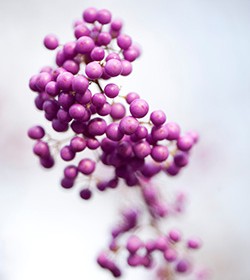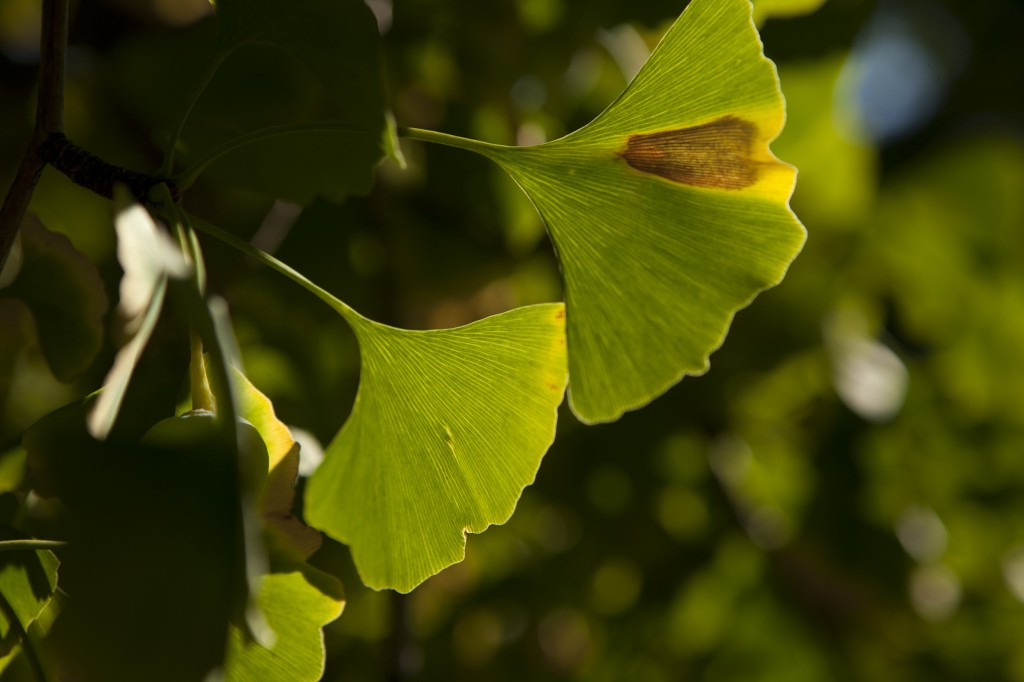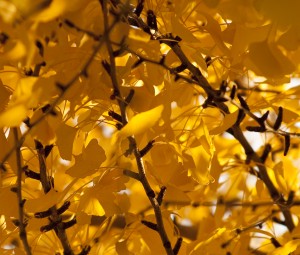Fruiting Frame of Mind
Posted in Horticulture on October 16 2014, by Jaime Morin
Jaime Morin is The New York Botanical Garden’s Assistant Curator in horticulture. She works with the plant records and curation teams to help keep the garden’s information on its living collections up to date. She also oversees the details of the garden’s Living Collections Phenology Project.

Autumn is by far my favorite season. I know it doesn’t bring that sigh of relief the first warm day of spring seems to evoke, nor does it allow for long days at the beach or lake. Yet, what it lacks in promised warmth it makes up for in color. As a native New Englander I was brought up with a strong appreciation for bright fall foliage and the joys of falling into a freshly raked pile of leaves. What I didn’t begin to appreciate until I started really looking at plants in my professional life were the bright colors and interesting forms of fruit and seeds that autumn delivers to us. I don’t mean tasty fall favorites like the apple, but the smaller seed carriers that are often missed if you’re not looking for them.
Take a couple of my favorite colorful fruiting shrubs, beautyberry (Callicarpa spp.) and winterberry holly (Ilex verticillata), as examples. Callicarpa have attractive arching branches with demure flowers in early summer, but they shine brightest in fall when dense clusters of vibrant purple fruit cling along the stems creating the late season echo to the pink redbud flowers from spring. Similarly, Ilex verticillata isn’t your typical wall of evergreen holly foliage. By late October this shrub has dropped its foliage and the females are covered with fruit in fiery hues like orange or red.


